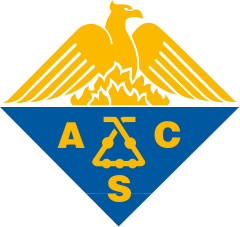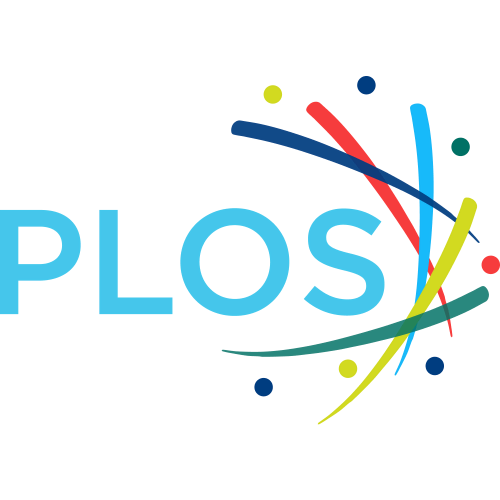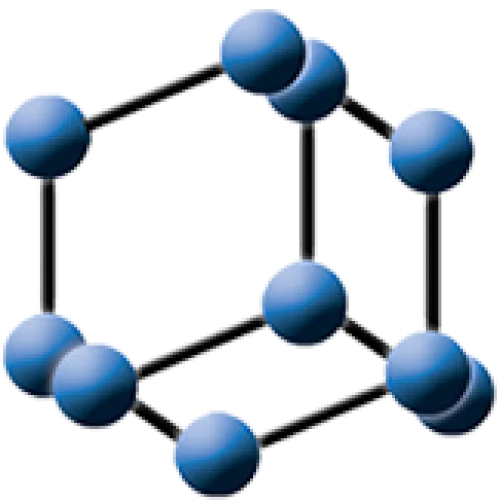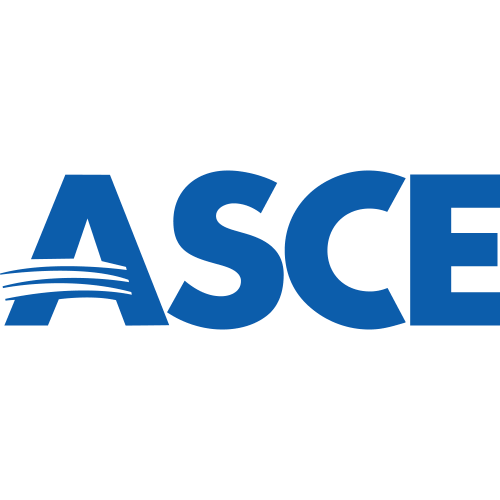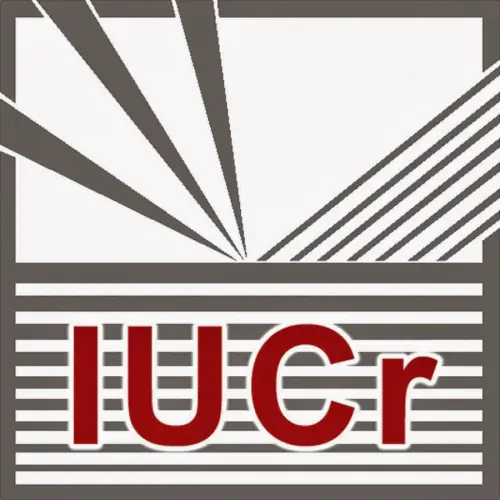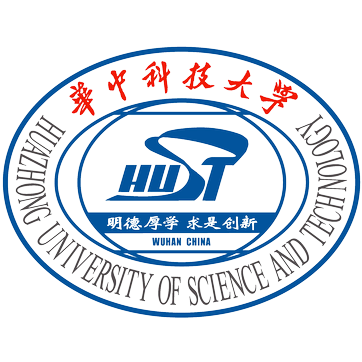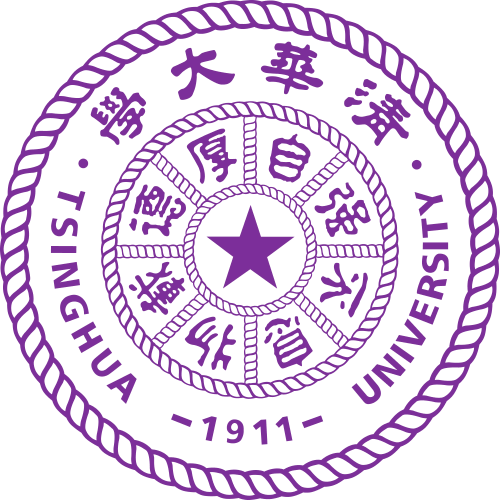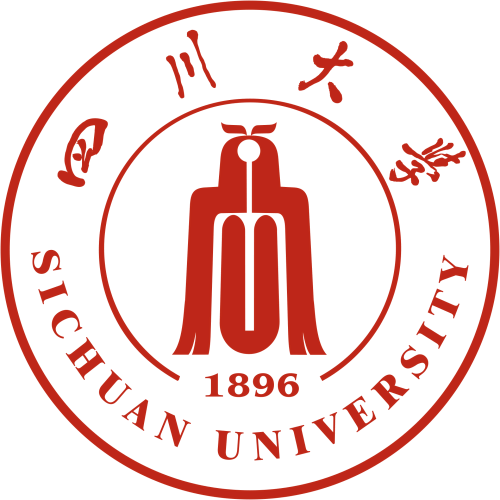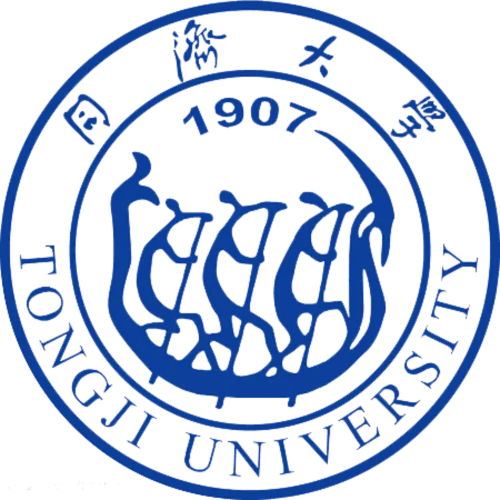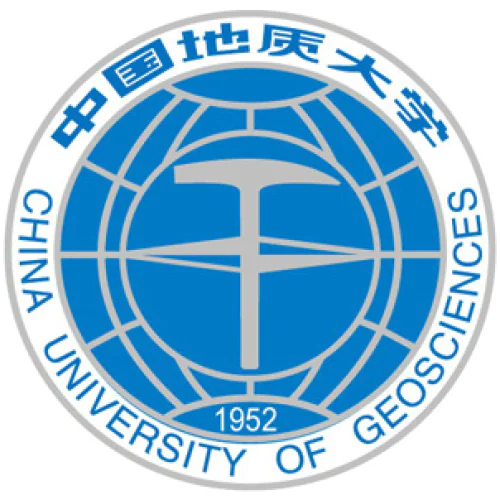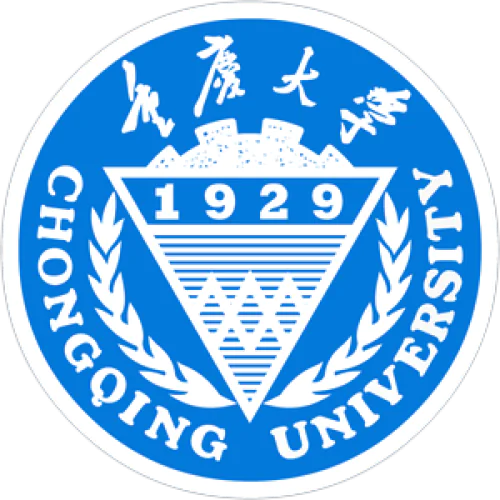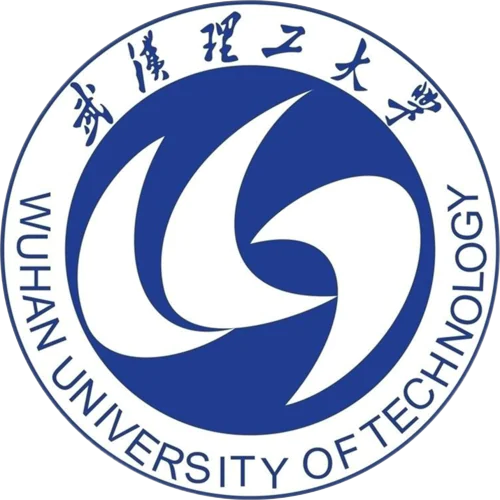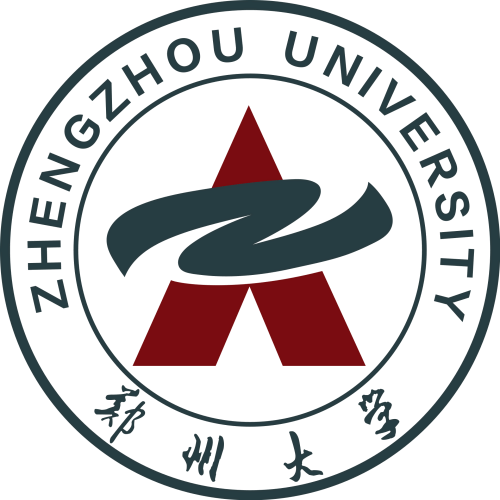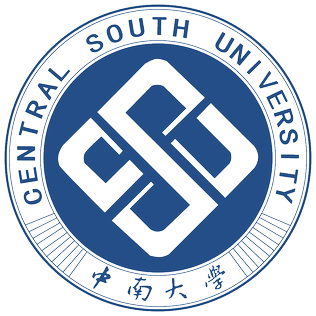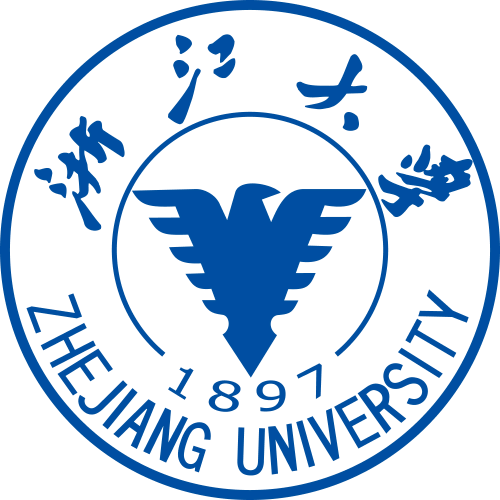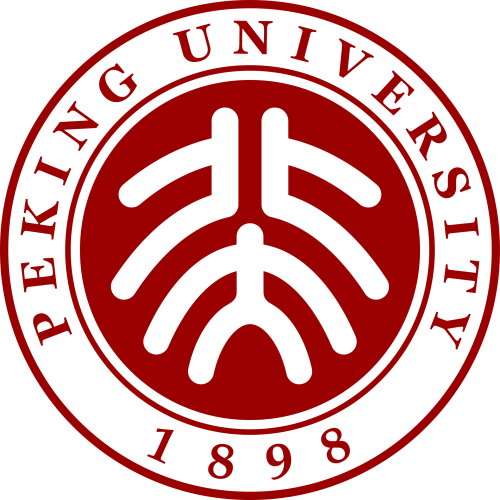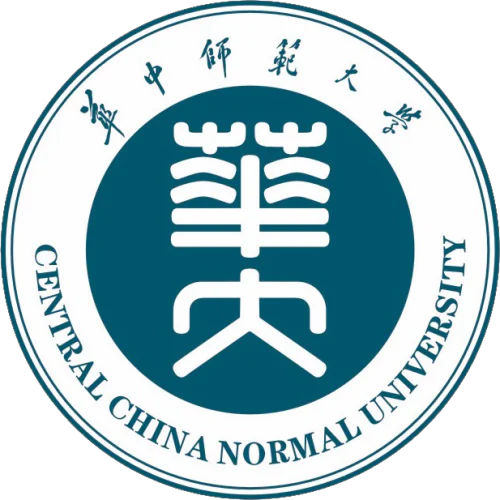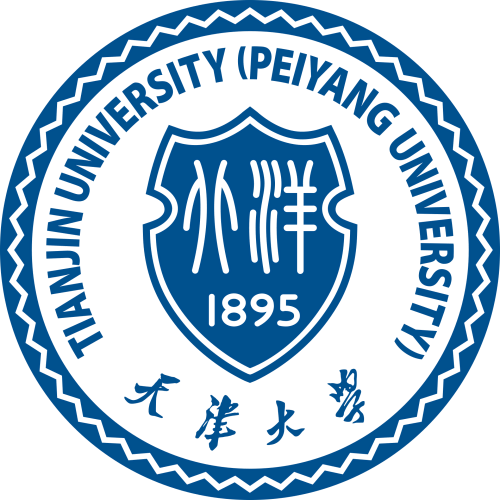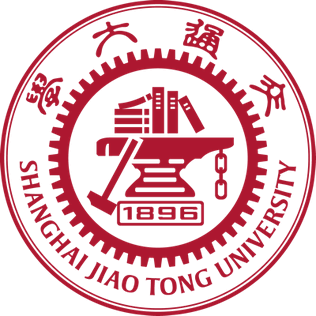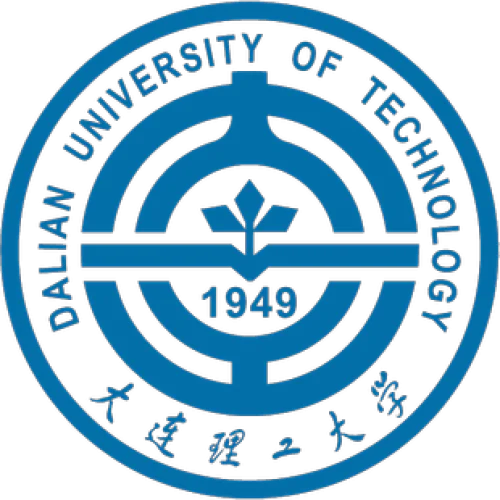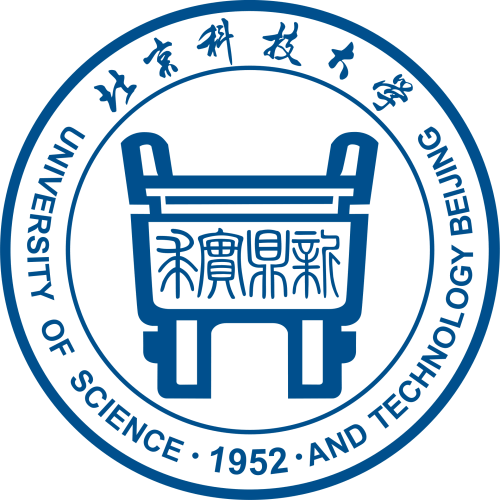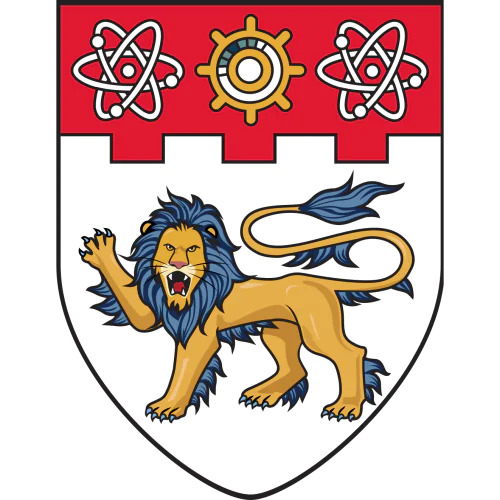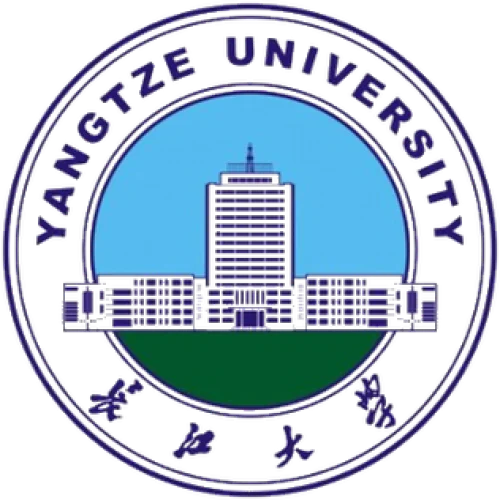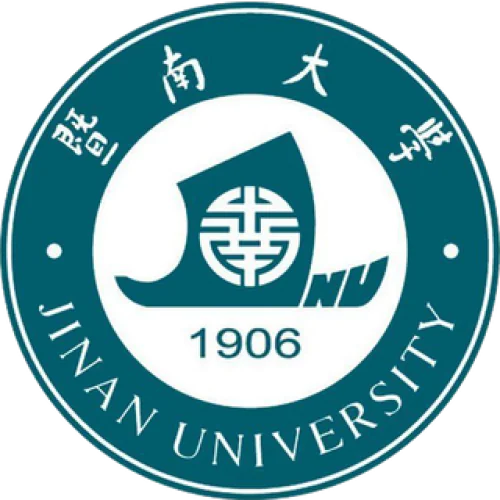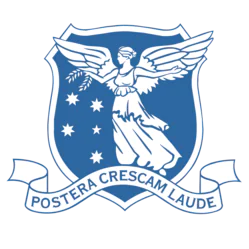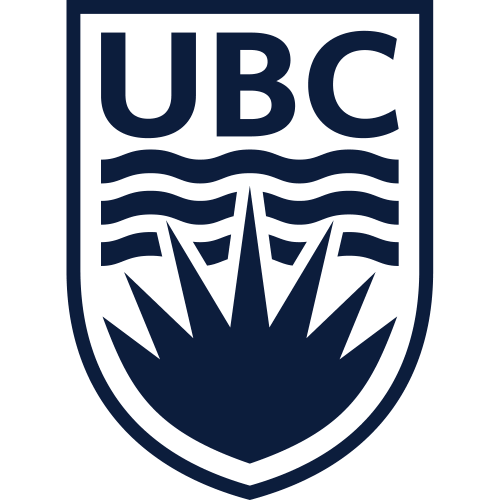China Three Gorges University
Are you a researcher?
Create a profile to get free access to personal recommendations for colleagues and new articles.
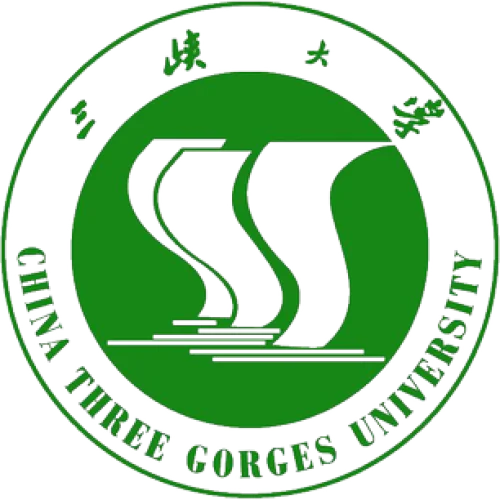
Publications
14 099
Citations
217 910
h-index
143
Top-3 journals

Advanced Materials Research
(507 publications)

Applied Mechanics and Materials
(435 publications)
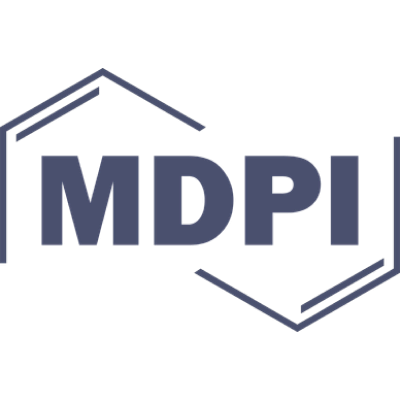
Energies
(151 publications)
Top-3 organizations
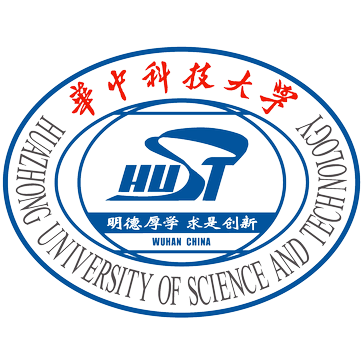
Huazhong University of Science and Technology
(765 publications)

Wuhan University
(679 publications)
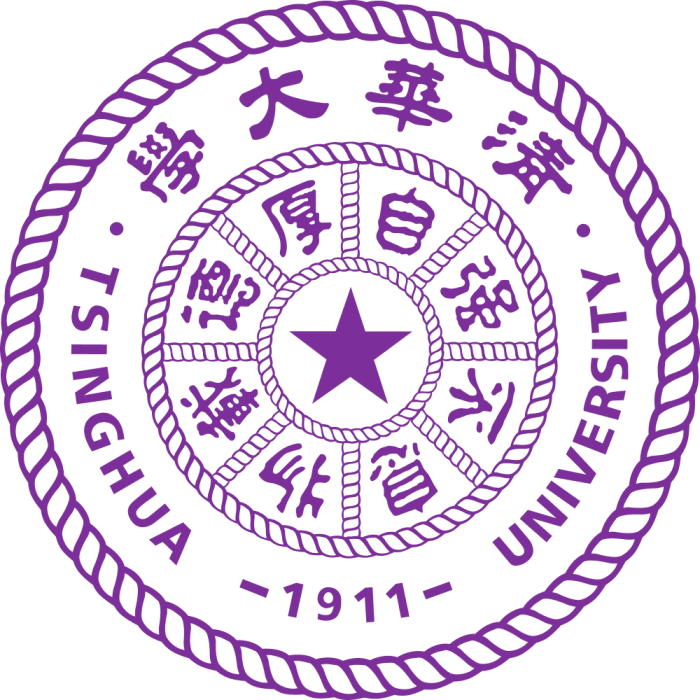
Tsinghua University
(329 publications)
Top-3 foreign organizations
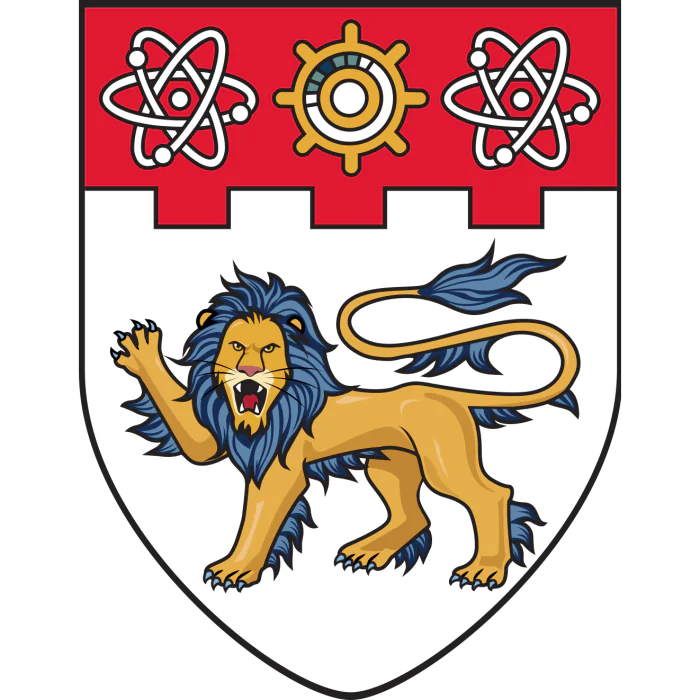
Nanyang Technological University
(79 publications)

Curtin University
(48 publications)

Texas A&M University
(45 publications)
Top-1 researchers by h-index
Most cited in 5 years
Found
Nothing found, try to update filter.
Found
Nothing found, try to update filter.
Since 1998
Total publications
14099
Total citations
217910
Citations per publication
15.46
Average publications per year
486.17
Average authors per publication
5.99
h-index
143
Metrics description
h-index
A scientist has an h-index if h of his N publications are cited at least h times each, while the remaining (N - h) publications are cited no more than h times each.
Top-30
Fields of science
|
100
200
300
400
500
600
700
800
900
1000
|
|
|
General Materials Science
|
General Materials Science, 993, 7.04%
General Materials Science
993 publications, 7.04%
|
|
General Engineering
|
General Engineering, 983, 6.97%
General Engineering
983 publications, 6.97%
|
|
General Medicine
|
General Medicine, 859, 6.09%
General Medicine
859 publications, 6.09%
|
|
Electrical and Electronic Engineering
|
Electrical and Electronic Engineering, 812, 5.76%
Electrical and Electronic Engineering
812 publications, 5.76%
|
|
General Chemistry
|
General Chemistry, 725, 5.14%
General Chemistry
725 publications, 5.14%
|
|
Condensed Matter Physics
|
Condensed Matter Physics, 647, 4.59%
Condensed Matter Physics
647 publications, 4.59%
|
|
Mechanical Engineering
|
Mechanical Engineering, 587, 4.16%
Mechanical Engineering
587 publications, 4.16%
|
|
Civil and Structural Engineering
|
Civil and Structural Engineering, 491, 3.48%
Civil and Structural Engineering
491 publications, 3.48%
|
|
Renewable Energy, Sustainability and the Environment
|
Renewable Energy, Sustainability and the Environment, 464, 3.29%
Renewable Energy, Sustainability and the Environment
464 publications, 3.29%
|
|
Materials Chemistry
|
Materials Chemistry, 457, 3.24%
Materials Chemistry
457 publications, 3.24%
|
|
Mechanics of Materials
|
Mechanics of Materials, 447, 3.17%
Mechanics of Materials
447 publications, 3.17%
|
|
Biochemistry
|
Biochemistry, 425, 3.01%
Biochemistry
425 publications, 3.01%
|
|
Applied Mathematics
|
Applied Mathematics, 398, 2.82%
Applied Mathematics
398 publications, 2.82%
|
|
Building and Construction
|
Building and Construction, 376, 2.67%
Building and Construction
376 publications, 2.67%
|
|
Computer Science Applications
|
Computer Science Applications, 358, 2.54%
Computer Science Applications
358 publications, 2.54%
|
|
Water Science and Technology
|
Water Science and Technology, 354, 2.51%
Water Science and Technology
354 publications, 2.51%
|
|
Energy Engineering and Power Technology
|
Energy Engineering and Power Technology, 344, 2.44%
Energy Engineering and Power Technology
344 publications, 2.44%
|
|
Electronic, Optical and Magnetic Materials
|
Electronic, Optical and Magnetic Materials, 340, 2.41%
Electronic, Optical and Magnetic Materials
340 publications, 2.41%
|
|
Environmental Chemistry
|
Environmental Chemistry, 331, 2.35%
Environmental Chemistry
331 publications, 2.35%
|
|
Physical and Theoretical Chemistry
|
Physical and Theoretical Chemistry, 328, 2.33%
Physical and Theoretical Chemistry
328 publications, 2.33%
|
|
General Chemical Engineering
|
General Chemical Engineering, 314, 2.23%
General Chemical Engineering
314 publications, 2.23%
|
|
Organic Chemistry
|
Organic Chemistry, 310, 2.2%
Organic Chemistry
310 publications, 2.2%
|
|
Geotechnical Engineering and Engineering Geology
|
Geotechnical Engineering and Engineering Geology, 295, 2.09%
Geotechnical Engineering and Engineering Geology
295 publications, 2.09%
|
|
General Physics and Astronomy
|
General Physics and Astronomy, 282, 2%
General Physics and Astronomy
282 publications, 2%
|
|
Pollution
|
Pollution, 282, 2%
Pollution
282 publications, 2%
|
|
Industrial and Manufacturing Engineering
|
Industrial and Manufacturing Engineering, 257, 1.82%
Industrial and Manufacturing Engineering
257 publications, 1.82%
|
|
Environmental Engineering
|
Environmental Engineering, 252, 1.79%
Environmental Engineering
252 publications, 1.79%
|
|
Inorganic Chemistry
|
Inorganic Chemistry, 248, 1.76%
Inorganic Chemistry
248 publications, 1.76%
|
|
Pharmacology
|
Pharmacology, 236, 1.67%
Pharmacology
236 publications, 1.67%
|
|
Drug Discovery
|
Drug Discovery, 235, 1.67%
Drug Discovery
235 publications, 1.67%
|
|
100
200
300
400
500
600
700
800
900
1000
|
Journals
|
100
200
300
400
500
600
|
|
|
Advanced Materials Research
507 publications, 3.6%
|
|
|
Applied Mechanics and Materials
435 publications, 3.09%
|
|
|
Energies
151 publications, 1.07%
|
|
|
IEEE Access
137 publications, 0.97%
|
|
|
Scientific Reports
130 publications, 0.92%
|
|
|
Water (Switzerland)
124 publications, 0.88%
|
|
|
Construction and Building Materials
93 publications, 0.66%
|
|
|
Sustainability
78 publications, 0.55%
|
|
|
Journal of Alloys and Compounds
77 publications, 0.55%
|
|
|
Lecture Notes in Electrical Engineering
76 publications, 0.54%
|
|
|
Science of the Total Environment
72 publications, 0.51%
|
|
|
IOP Conference Series: Earth and Environmental Science
72 publications, 0.51%
|
|
|
Lecture Notes in Computer Science
69 publications, 0.49%
|
|
|
Journal of Physics: Conference Series
69 publications, 0.49%
|
|
|
Chemical Engineering Journal
67 publications, 0.48%
|
|
|
Journal of Hydrology
65 publications, 0.46%
|
|
|
Journal of Cleaner Production
63 publications, 0.45%
|
|
|
ACS applied materials & interfaces
62 publications, 0.44%
|
|
|
Bulletin of Engineering Geology and the Environment
61 publications, 0.43%
|
|
|
Processes
61 publications, 0.43%
|
|
|
Energy
61 publications, 0.43%
|
|
|
International Journal of Cardiology
60 publications, 0.43%
|
|
|
Applied Sciences (Switzerland)
60 publications, 0.43%
|
|
|
Proceedings of SPIE - The International Society for Optical Engineering
60 publications, 0.43%
|
|
|
PLoS ONE
59 publications, 0.42%
|
|
|
Neurocomputing
51 publications, 0.36%
|
|
|
Inorganic Chemistry
51 publications, 0.36%
|
|
|
Journal of Materials Chemistry A
50 publications, 0.35%
|
|
|
Chemical Communications
45 publications, 0.32%
|
|
|
Angewandte Chemie - International Edition
45 publications, 0.32%
|
|
|
100
200
300
400
500
600
|
Publishers
|
500
1000
1500
2000
2500
3000
3500
4000
4500
|
|
|
Elsevier
4110 publications, 29.15%
|
|
|
Springer Nature
2269 publications, 16.09%
|
|
|
Wiley
1017 publications, 7.21%
|
|
|
Trans Tech Publications
986 publications, 6.99%
|
|
|
MDPI
969 publications, 6.87%
|
|
|
Institute of Electrical and Electronics Engineers (IEEE)
494 publications, 3.5%
|
|
|
Taylor & Francis
415 publications, 2.94%
|
|
|
American Chemical Society (ACS)
394 publications, 2.79%
|
|
|
Royal Society of Chemistry (RSC)
367 publications, 2.6%
|
|
|
Frontiers Media S.A.
337 publications, 2.39%
|
|
|
IOP Publishing
293 publications, 2.08%
|
|
|
Hindawi Limited
253 publications, 1.79%
|
|
|
SAGE
139 publications, 0.99%
|
|
|
Bentham Science Publishers Ltd.
137 publications, 0.97%
|
|
|
AIP Publishing
103 publications, 0.73%
|
|
|
Oxford University Press
94 publications, 0.67%
|
|
|
World Scientific
90 publications, 0.64%
|
|
|
Spandidos Publications
87 publications, 0.62%
|
|
|
American Society of Civil Engineers (ASCE)
83 publications, 0.59%
|
|
|
Institution of Engineering and Technology (IET)
80 publications, 0.57%
|
|
|
Ovid Technologies (Wolters Kluwer Health)
79 publications, 0.56%
|
|
|
SPIE-Intl Soc Optical Eng
73 publications, 0.52%
|
|
|
Public Library of Science (PLoS)
60 publications, 0.43%
|
|
|
EDP Sciences
54 publications, 0.38%
|
|
|
Walter de Gruyter
53 publications, 0.38%
|
|
|
International Union of Crystallography (IUCr)
47 publications, 0.33%
|
|
|
American Physical Society (APS)
44 publications, 0.31%
|
|
|
IOS Press
42 publications, 0.3%
|
|
|
Emerald
41 publications, 0.29%
|
|
|
American Astronomical Society
38 publications, 0.27%
|
|
|
500
1000
1500
2000
2500
3000
3500
4000
4500
|
With other organizations
|
100
200
300
400
500
600
700
800
|
|
|
Huazhong University of Science and Technology
765 publications, 5.43%
|
|
|
Wuhan University
679 publications, 4.82%
|
|
|
Tsinghua University
329 publications, 2.33%
|
|
|
University of Chinese Academy of Sciences
323 publications, 2.29%
|
|
|
Hohai University
312 publications, 2.21%
|
|
|
Sichuan University
191 publications, 1.35%
|
|
|
Tongji University
185 publications, 1.31%
|
|
|
China Institute of Water Resources and Hydropower Research
184 publications, 1.31%
|
|
|
China University of Geosciences (Wuhan)
168 publications, 1.19%
|
|
|
Chongqing University
153 publications, 1.09%
|
|
|
Wuhan University of Technology
146 publications, 1.04%
|
|
|
Zhengzhou University
145 publications, 1.03%
|
|
|
Central South University
142 publications, 1.01%
|
|
|
Zhejiang University
135 publications, 0.96%
|
|
|
Sun Yat-sen University
126 publications, 0.89%
|
|
|
Peking University
122 publications, 0.87%
|
|
|
Northwest University
120 publications, 0.85%
|
|
|
Central China Normal University
118 publications, 0.84%
|
|
|
Wuhan University of Science and Technology
114 publications, 0.81%
|
|
|
Tianjin University
107 publications, 0.76%
|
|
|
Shanghai Jiao Tong University
100 publications, 0.71%
|
|
|
Dalian University of Technology
94 publications, 0.67%
|
|
|
Institute of Rock and Soil Mechanics, Chinese Academy of Sciences
90 publications, 0.64%
|
|
|
University of Science and Technology Beijing
86 publications, 0.61%
|
|
|
Lanzhou University
85 publications, 0.6%
|
|
|
Fudan University
79 publications, 0.56%
|
|
|
Nanyang Technological University
79 publications, 0.56%
|
|
|
Yangtze University
79 publications, 0.56%
|
|
|
Soochow University (Suzhou)
79 publications, 0.56%
|
|
|
Jinan University
77 publications, 0.55%
|
|
|
100
200
300
400
500
600
700
800
|
With foreign organizations
|
10
20
30
40
50
60
70
80
|
|
|
Nanyang Technological University
79 publications, 0.56%
|
|
|
Curtin University
48 publications, 0.34%
|
|
|
Texas A&M University
45 publications, 0.32%
|
|
|
Toronto Metropolitan University
43 publications, 0.3%
|
|
|
Swinburne University of Technology
42 publications, 0.3%
|
|
|
Chulalongkorn University
37 publications, 0.26%
|
|
|
National University of Singapore
36 publications, 0.26%
|
|
|
Queensland University of Technology
32 publications, 0.23%
|
|
|
University of Pretoria
31 publications, 0.22%
|
|
|
Singapore University of Technology and Design
30 publications, 0.21%
|
|
|
University of Missouri–Kansas City
29 publications, 0.21%
|
|
|
Heinrich Heine University Düsseldorf
27 publications, 0.19%
|
|
|
Johns Hopkins University
26 publications, 0.18%
|
|
|
Royal Melbourne Institute of Technology
26 publications, 0.18%
|
|
|
University of Bordeaux
24 publications, 0.17%
|
|
|
Chungbuk National University
23 publications, 0.16%
|
|
|
University of Twente
22 publications, 0.16%
|
|
|
University of Kaiserslautern-Landau
22 publications, 0.16%
|
|
|
Minia University
21 publications, 0.15%
|
|
|
University of Oxford
20 publications, 0.14%
|
|
|
University of Nottingham
20 publications, 0.14%
|
|
|
University of Melbourne
20 publications, 0.14%
|
|
|
University of British Columbia
20 publications, 0.14%
|
|
|
California State University, Long Beach
20 publications, 0.14%
|
|
|
University of Engineering and Technology, Lahore
19 publications, 0.13%
|
|
|
Griffith University
19 publications, 0.13%
|
|
|
University of Alberta
17 publications, 0.12%
|
|
|
Texas State University
17 publications, 0.12%
|
|
|
Sam Houston State University
16 publications, 0.11%
|
|
|
King Abdulaziz University
15 publications, 0.11%
|
|
|
10
20
30
40
50
60
70
80
|
With other countries
|
100
200
300
400
500
600
700
|
|
|
USA
|
USA, 673, 4.77%
USA
673 publications, 4.77%
|
|
Australia
|
Australia, 238, 1.69%
Australia
238 publications, 1.69%
|
|
United Kingdom
|
United Kingdom, 165, 1.17%
United Kingdom
165 publications, 1.17%
|
|
Canada
|
Canada, 145, 1.03%
Canada
145 publications, 1.03%
|
|
Singapore
|
Singapore, 125, 0.89%
Singapore
125 publications, 0.89%
|
|
Germany
|
Germany, 120, 0.85%
Germany
120 publications, 0.85%
|
|
Japan
|
Japan, 110, 0.78%
Japan
110 publications, 0.78%
|
|
Pakistan
|
Pakistan, 103, 0.73%
Pakistan
103 publications, 0.73%
|
|
India
|
India, 64, 0.45%
India
64 publications, 0.45%
|
|
France
|
France, 60, 0.43%
France
60 publications, 0.43%
|
|
Republic of Korea
|
Republic of Korea, 50, 0.35%
Republic of Korea
50 publications, 0.35%
|
|
Netherlands
|
Netherlands, 49, 0.35%
Netherlands
49 publications, 0.35%
|
|
South Africa
|
South Africa, 46, 0.33%
South Africa
46 publications, 0.33%
|
|
Thailand
|
Thailand, 45, 0.32%
Thailand
45 publications, 0.32%
|
|
Saudi Arabia
|
Saudi Arabia, 42, 0.3%
Saudi Arabia
42 publications, 0.3%
|
|
Iraq
|
Iraq, 36, 0.26%
Iraq
36 publications, 0.26%
|
|
Spain
|
Spain, 31, 0.22%
Spain
31 publications, 0.22%
|
|
Italy
|
Italy, 30, 0.21%
Italy
30 publications, 0.21%
|
|
Vietnam
|
Vietnam, 29, 0.21%
Vietnam
29 publications, 0.21%
|
|
Egypt
|
Egypt, 26, 0.18%
Egypt
26 publications, 0.18%
|
|
Sweden
|
Sweden, 26, 0.18%
Sweden
26 publications, 0.18%
|
|
Norway
|
Norway, 23, 0.16%
Norway
23 publications, 0.16%
|
|
Denmark
|
Denmark, 22, 0.16%
Denmark
22 publications, 0.16%
|
|
Switzerland
|
Switzerland, 20, 0.14%
Switzerland
20 publications, 0.14%
|
|
Russia
|
Russia, 18, 0.13%
Russia
18 publications, 0.13%
|
|
Portugal
|
Portugal, 15, 0.11%
Portugal
15 publications, 0.11%
|
|
Iran
|
Iran, 14, 0.1%
Iran
14 publications, 0.1%
|
|
Brazil
|
Brazil, 13, 0.09%
Brazil
13 publications, 0.09%
|
|
Malaysia
|
Malaysia, 13, 0.09%
Malaysia
13 publications, 0.09%
|
|
100
200
300
400
500
600
700
|
- We do not take into account publications without a DOI.
- Statistics recalculated daily.
- Publications published earlier than 1998 are ignored in the statistics.
- The horizontal charts show the 30 top positions.
- Journals quartiles values are relevant at the moment.









